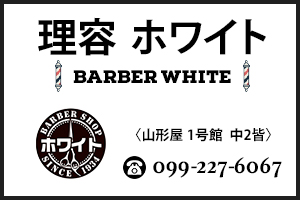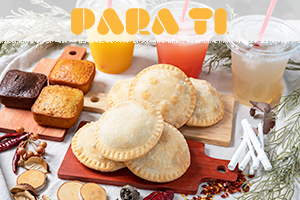New Year’s in Japan: Celebrations, customs and traditions.
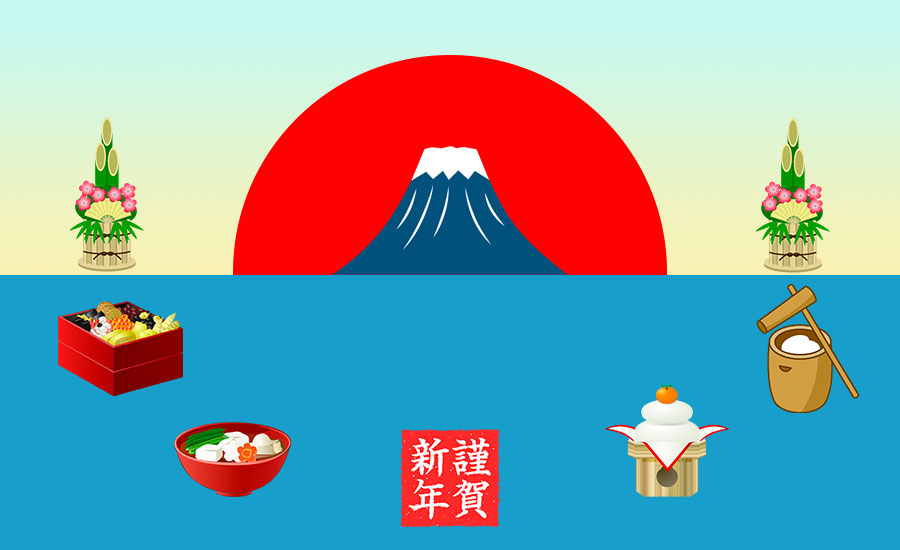
Written by D. Carnegie
Translated by A Osorio
18.12.2020 (Re:27.12.2021)
The New Year (Shōgatsu) is one of the most important celebrations in Japan. The Japanese are preparing to receive the New Year by carrying out a general cleaning of their houses that eliminates the impurities of the 365 days that will come to an end accompanied by the 108 chimes (Japanese Buddhist bells) of the Buddhist temples throughout the country. The Toshikoshi-soba means a welcoming of the New Year and its suppose to be eating before midnight the 31first of December.
2. New Year’s Eve General Cleaning > ōsōji
6. The 108 New Year’s Eve chimes
Preparations for the New Year
1. New Year’s postcards
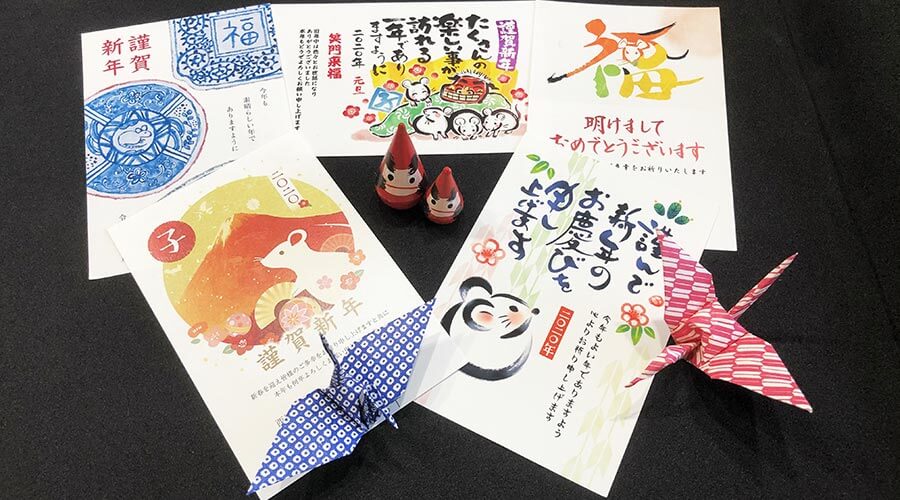 Postcards are an essential element in New Year’s celebrations in the Japanese archipelago. They are sent to congratulate on the holidays, and they are usually written during the last days of December. If you deposit your New Year’s postcards into a mailbox before December 26, the postmen will ensure that recipients on Japanese territory receive them on January 1. However, recently more and more people are choosing to turn to social media or email instead of the traditional way.
Postcards are an essential element in New Year’s celebrations in the Japanese archipelago. They are sent to congratulate on the holidays, and they are usually written during the last days of December. If you deposit your New Year’s postcards into a mailbox before December 26, the postmen will ensure that recipients on Japanese territory receive them on January 1. However, recently more and more people are choosing to turn to social media or email instead of the traditional way.
2. New Year’s Eve General Cleaning > ōsōji
 In Japan, the New Year, “shōgatsu” in Japanese, is celebrated from January 1 to 7, although the dates vary depending on the place. During those days, different activities are carried out that have to do with customs, usually with the family. However, preparations begin in December.
In Japan, the New Year, “shōgatsu” in Japanese, is celebrated from January 1 to 7, although the dates vary depending on the place. During those days, different activities are carried out that have to do with customs, usually with the family. However, preparations begin in December.
The Japanese usually perform a general cleaning or “ōsōji”, a custom called “susuharai”, which aims to get rid of the impurities accumulated throughout the year. According to tradition, preparations begin on December 13th with the “susuharai”, but nowadays for many people this is not possible due to other personal or professional obligations. In any case, it is done until before the evening of December 31st falls. Then comes the “toshino yu”, a hot water bath, also to clean the impurities accumulated throughout the year.
New Year decorations: Kadomatsu, Shimekazari, Kagamimochi
3. Kadomatsu
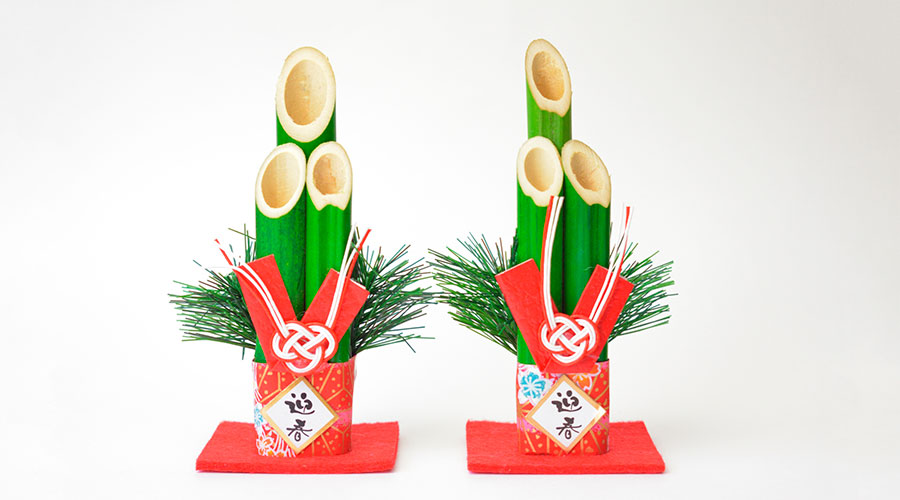
Once the house has been cleaned, the “kadomatsu”, which is a bamboo and pine ornament, that welcomes the god of the “Toshigami” year, and it’s placed in front of the door, from December 28 to January 7; however, It is not recommended to put the kadomatsu on the 29th because in Japanese nijyūku (29) means (double suffering). It is also not advisable to put the kadomatsu only on the 31st, because it is considered a practice known as ichiyakazari (one-night adornment), it is hasty and brings bad luck.
4. Shimekazari
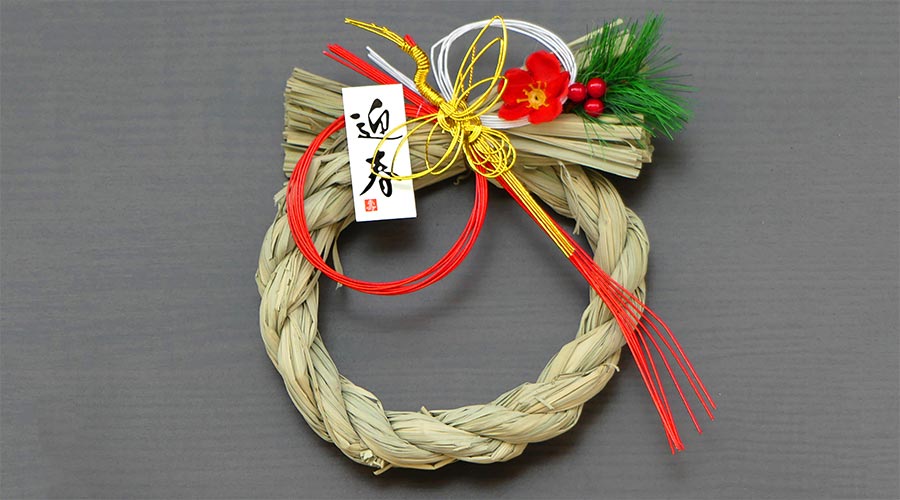 Another typical Japanese New Year decoration is the shimekazari.
Another typical Japanese New Year decoration is the shimekazari.
The shimekazari is made up of a sacred rope made of rice straw, called a shimenawa. In addition to this, it usually has zigzag strips of paper, called shide, hanging on it.
It also usually carries other decorations, depending on whether you want a long life, happiness, or a family with many descendants. There are shimekazari decorated with a small tangerine called daidai, which in Japanese sounds the same as (from generation to generation). Konbu or seaweed, or a paper crane, etc. They are, symbols of longevity, prosperity, health, etc.
5. Kagamimochi
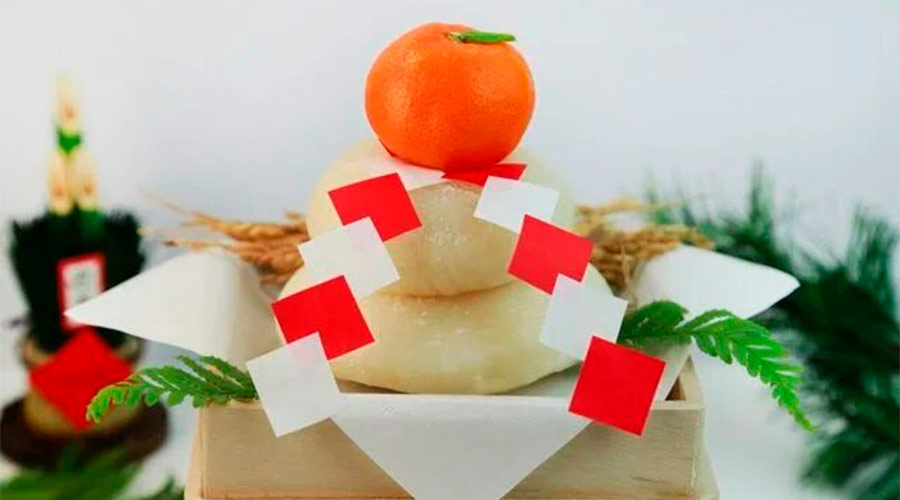 The kagamimochi (rice paste) which is also another typical New Year decoration, that refers to an offering to the god of the new year, and “daidai” (Japanese bitter orange); shape similar as snowman and is usually kept until mid-January.
The kagamimochi (rice paste) which is also another typical New Year decoration, that refers to an offering to the god of the new year, and “daidai” (Japanese bitter orange); shape similar as snowman and is usually kept until mid-January.
The kagamimochi consists of two rounded mochi pieces of different sizes, placed one on top of the other. On top of the mochi, there is a bitter orange or daidai.
6.The New Year’s Eve chimes: The 108 New Year’s Eve chimes
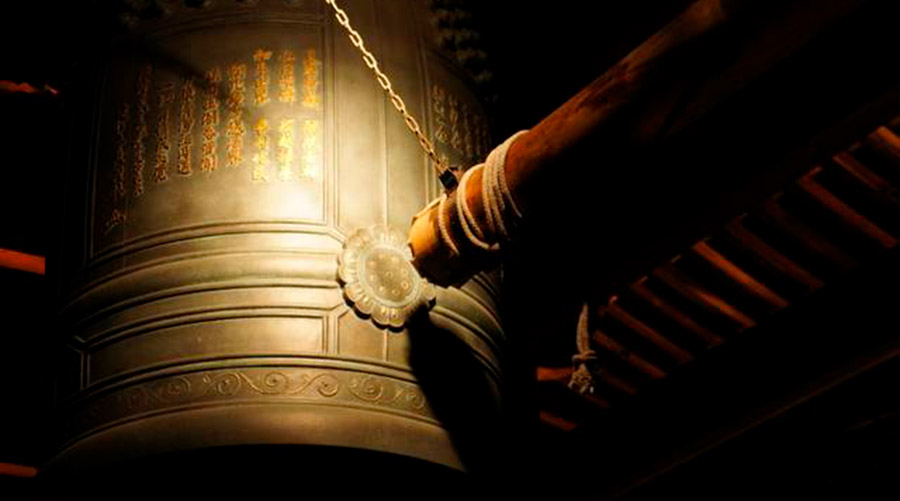 As in many other places, December 31st, is the last day of the year in Japan, it is known as “ōmisoka”. As midnight approaches, the bells that announce the arrival of a new year, begin to be heard from the different Buddhist temples throughout the country. In all, they ring 108 times, a custom called “jōya no kane” (New Year’s Eve bells). According to Buddhist practice with each stroke, the human being is purified of the 108 worldly passions, among which are envy, aggression, greed, etc. The first 107 chimes are given in the year that is saying goodbye, while the last rings are done when the clock has already struck twelve. So that the coming year those passions do not blind us. There are even temples that allow those who come to the place to ring the bells.
As in many other places, December 31st, is the last day of the year in Japan, it is known as “ōmisoka”. As midnight approaches, the bells that announce the arrival of a new year, begin to be heard from the different Buddhist temples throughout the country. In all, they ring 108 times, a custom called “jōya no kane” (New Year’s Eve bells). According to Buddhist practice with each stroke, the human being is purified of the 108 worldly passions, among which are envy, aggression, greed, etc. The first 107 chimes are given in the year that is saying goodbye, while the last rings are done when the clock has already struck twelve. So that the coming year those passions do not blind us. There are even temples that allow those who come to the place to ring the bells.
7. Toshi koshi soba: Buckwheat noodles for the last day of the year
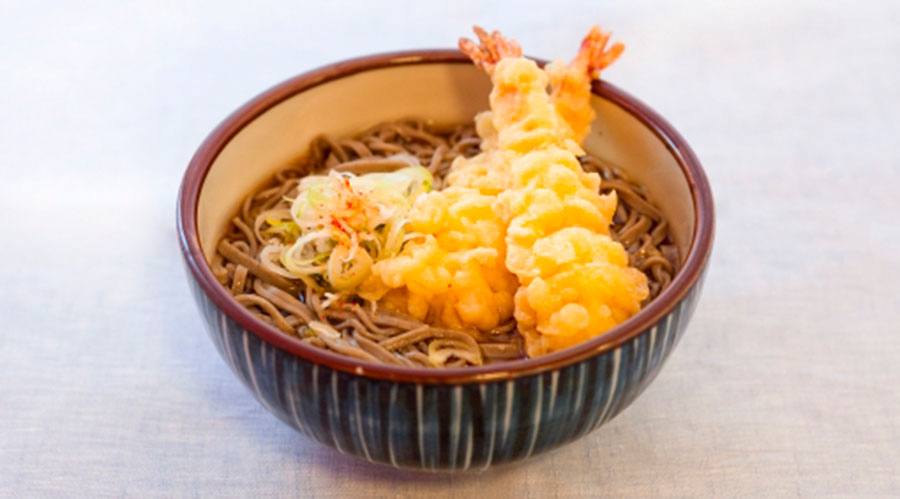 On December 31st, apart from the dinner that is prepared, it is very common to also eat a plate of Soba (buckwheat noodles) called toshikoshi-soba. These noodles, whose dough is made by mixing a little wheat flour with water and buckwheat flour, are served in a broth that is prepared with soy sauce and dried bonito, among other ingredients. On the eve of the new year, the Japanese eat toshikoshi-soba to wish for a long life like the noodles eaten that night.
On December 31st, apart from the dinner that is prepared, it is very common to also eat a plate of Soba (buckwheat noodles) called toshikoshi-soba. These noodles, whose dough is made by mixing a little wheat flour with water and buckwheat flour, are served in a broth that is prepared with soy sauce and dried bonito, among other ingredients. On the eve of the new year, the Japanese eat toshikoshi-soba to wish for a long life like the noodles eaten that night.
New Year Traditions and Customs
8. The First Dawn of the Year > Hatsuhinode
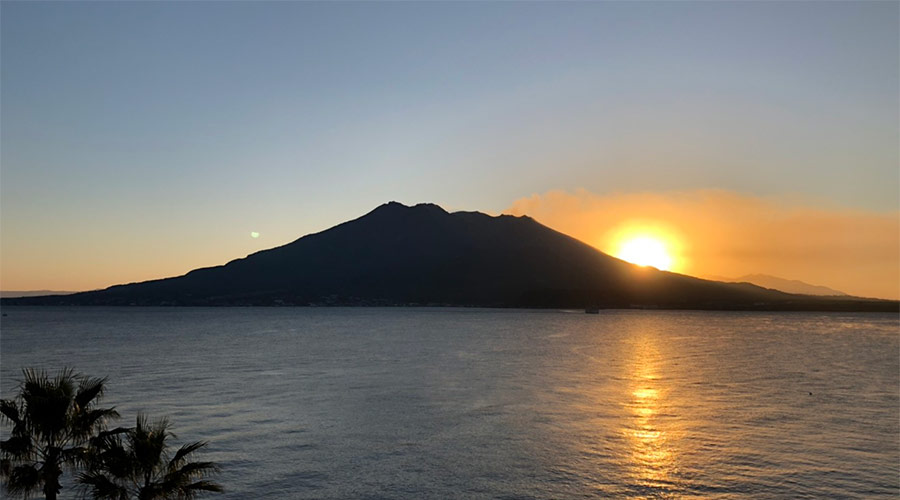 In Japan since ancient times there is a custom of staying up all night on December 31st to receive the New Year’s God (Toshigami-sama). It is often said that it makes its appearance at sunrise on January 1, for this reason many people go to places with good views to contemplate the first sunrise of the year and give their prayers so that the next 365 days will enjoy good health and luck.
In Japan since ancient times there is a custom of staying up all night on December 31st to receive the New Year’s God (Toshigami-sama). It is often said that it makes its appearance at sunrise on January 1, for this reason many people go to places with good views to contemplate the first sunrise of the year and give their prayers so that the next 365 days will enjoy good health and luck.
9. Hatsumōde: First visit of the year to a Shrine or Temple
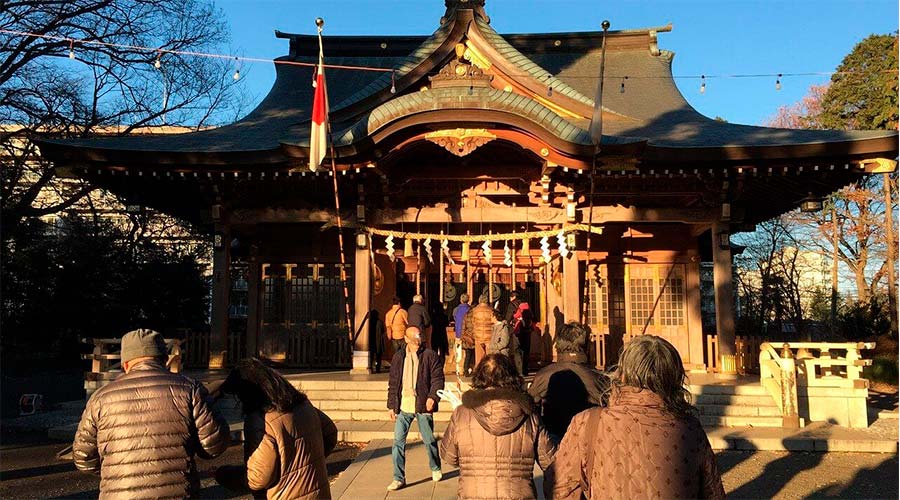 The arrival of the New Year gives way to other customs and traditions, for example; hatsumōde, which consists of going to a Buddhist temple or a Shinto shrine to say prayers and make wishes for a better year. All Japanese are looking forward to this day and many people decide to visit during the early hours of January 1st. Some temples and shrines receive millions of visitors during the first three days of the year.
The arrival of the New Year gives way to other customs and traditions, for example; hatsumōde, which consists of going to a Buddhist temple or a Shinto shrine to say prayers and make wishes for a better year. All Japanese are looking forward to this day and many people decide to visit during the early hours of January 1st. Some temples and shrines receive millions of visitors during the first three days of the year.
10. Osechi Ryori: New Year Traditional dishes
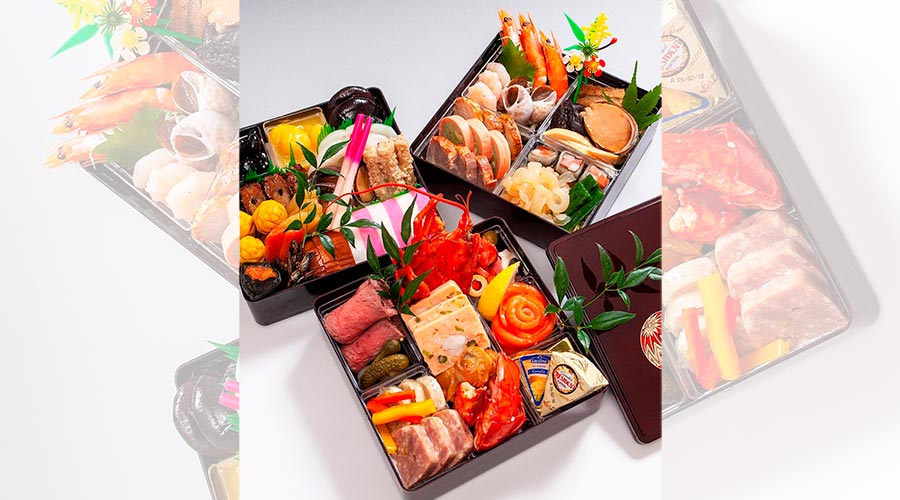 Osechi ryori is possibly the most important meal of the year, each dish serves as a symbol or wish for the new year. This food is even eaten in a special way using chopsticks that are rounded at both ends; one side for humans to use, and the other side for the Gods. This New Year’s meal is made up of between 20 to 30 different foods that go into three boxes (lunch boxes) called jūbako.
Osechi ryori is possibly the most important meal of the year, each dish serves as a symbol or wish for the new year. This food is even eaten in a special way using chopsticks that are rounded at both ends; one side for humans to use, and the other side for the Gods. This New Year’s meal is made up of between 20 to 30 different foods that go into three boxes (lunch boxes) called jūbako.
11. Ozōni: Japan’s Traditional New Year Soup
 Ozōni, or zōni, is a traditional Japanese soup with “mochi” rice cake, served in a lacquer bowl on New Years. It is generally eaten on the first three days of the new year; January 1st, 2nd and 3rd. The soup can be made with miso or shōyu (soy sauce). Other ingredients such as vegetables, seafood, chicken, are commonly added but generally vary depending on the region.
Ozōni, or zōni, is a traditional Japanese soup with “mochi” rice cake, served in a lacquer bowl on New Years. It is generally eaten on the first three days of the new year; January 1st, 2nd and 3rd. The soup can be made with miso or shōyu (soy sauce). Other ingredients such as vegetables, seafood, chicken, are commonly added but generally vary depending on the region.
12. Otoshidama: New Year’s monetary gifts adored by children
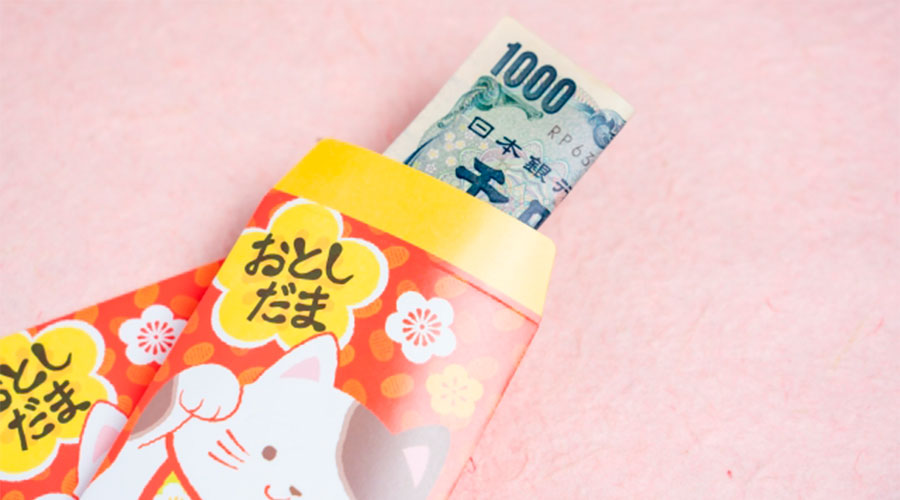 The otoshidama is one of the most anticipated gifts for children, it consists of receiving money in small envelopes from their grandparents and relatives to celebrate the New Year.
The otoshidama is one of the most anticipated gifts for children, it consists of receiving money in small envelopes from their grandparents and relatives to celebrate the New Year.
13. Kagamibiraki: Break and eat the Kagamimochi that had been put in an offering to the God of the New Year
 The kagamibiraki consists of eating the mochi (rice cake) that had been put as an offering to the God of the New Year, instead of using a knife, it is broken with wood and it is prepared with azuki soup called oshiruko.
The kagamibiraki consists of eating the mochi (rice cake) that had been put as an offering to the God of the New Year, instead of using a knife, it is broken with wood and it is prepared with azuki soup called oshiruko.
By consuming this offering, the Gods are thanked and prayed for the health and well-being of the whole family. Depending on the region, it varies, but it generally takes place on January 11th or 20th. This makes one feel like the New Year is finally over.
Now that you know a little more about New Year’s Eve and New Year’s customs and traditions in Japan, it only remains to tell you: “Yoi otoshi wo” Happy New Year!
| Recommended Products
| Recommended Articles
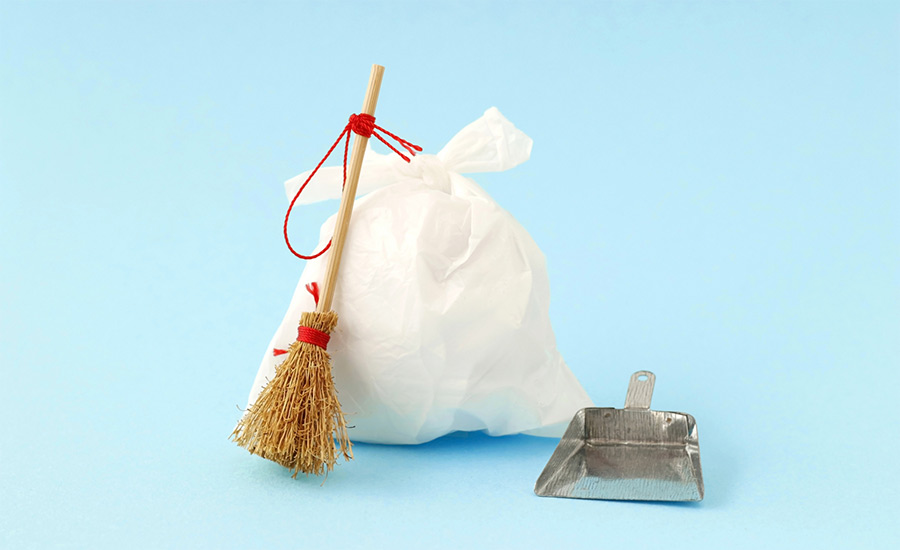 How and when do I take out the trash? Basic rules for separating and disposing of garbage in Japan.
How and when do I take out the trash? Basic rules for separating and disposing of garbage in Japan.
Written by D. Carnegie
Translated by A Osorio
The information in this article was current at the time of coverage and writing.
・・・ todonavi ・・・
